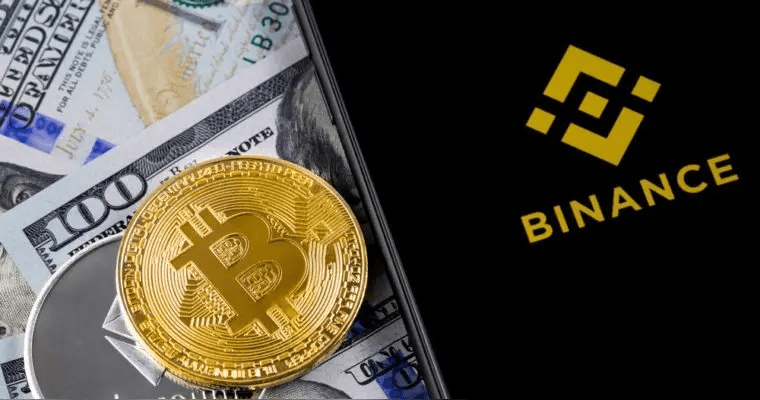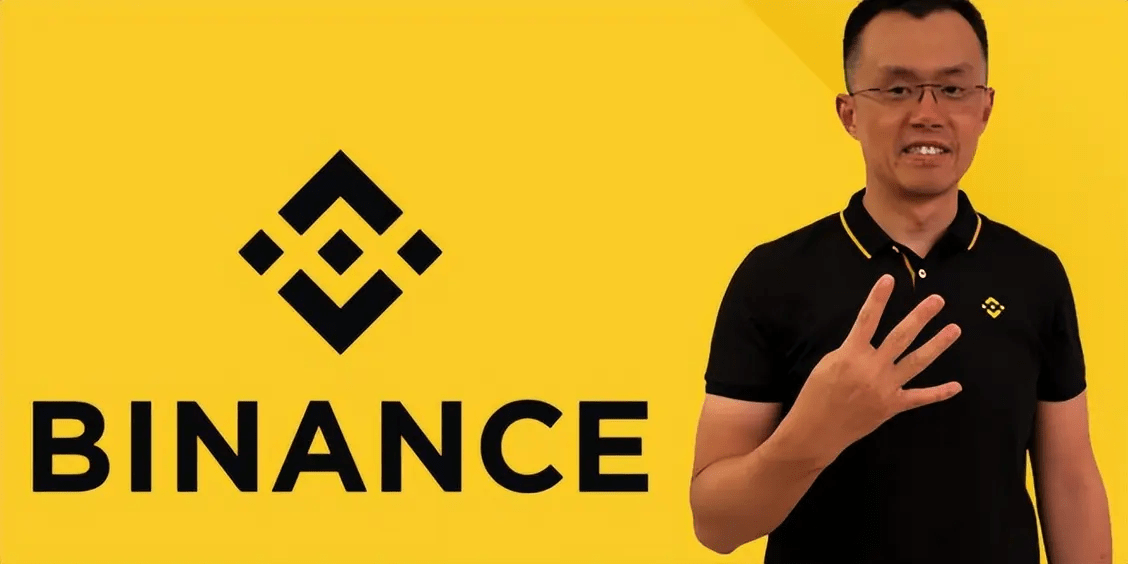BNB: The Transformation Journey from Trading Discounts to Ecological Giants

In the summer of 2017, with the emergence of the world's largest cryptocurrency exchange, Binance, its native token BNB (Binance Coin) was born. From the very beginning, BNB had a clear and pragmatic positioning: as the 'fuel' for trading on the Binance platform, users could enjoy significant discounts on fees by using BNB. This simple yet powerful practical value quickly accumulated a large initial user base and solid value support for BNB, which was initially issued based on the Ethereum ERC-20 standard, demonstrating strong community cohesion.
In 2019, BNB experienced its first magnificent transformation. Binance launched its own high-performance blockchain, Binance Chain, and its decentralized exchange, Binance DEX, fundamentally transforming the role of BNB — from an internal payment tool of the exchange to 'native gas' supporting the operation of the entire public chain. This strategic shift marked BNB's formal break from the constraints of a single platform, embarking on a grand journey to build an independent blockchain ecosystem, with its value foundation expanding from mere service discounts to the level of network usage rights.
However, the real revolution occurred in 2020. Binance launched the Binance Smart Chain (BSC, later renamed BNB Smart Chain) compatible with the Ethereum Virtual Machine (EVM). This sidechain, with BNB as its core fuel, characterized by high throughput and ultra-low transaction costs, timely met the market's alternative demand for Ethereum's high gas fees and congestion. Developers flocked to build a thriving DeFi protocol (such as PancakeSwap), a flourishing GameFi world, and an active NFT market on BSC. The value multiplier effect of BNB was thoroughly activated; it not only became a necessity for network operation but also the core driving force for the prosperity of the entire BSC ecosystem and a key credential for governance participation.
Throughout the development of BNB, its iconic deflationary mechanism — quarterly burns — has been central. Binance promises to regularly use platform profits to repurchase and permanently destroy BNB in the market, with the total amount destroyed so far far exceeding 50% of the initial issuance. This continuous reduction in supply has become an important economic model supporting BNB's long-term value.
Even more noteworthy is the borderless expansion of BNB's application scenarios. It has long surpassed the realm of cryptocurrency trading: enabling global payments through the Binance Card, booking flights and hotels on partner platforms, participating in Launchpad new coin offerings, paying for virtual reality space, and even serving as a voting credential for on-chain governance. Each burn and every new application continue to reinforce BNB's position as the core value hub of Binance's vast and ever-expanding crypto ecosystem.
Looking back at the journey of BNB, it is an extraordinary evolution from a practical tool to an ecological cornerstone. Relying on Binance's strong execution capability and forward-looking layout, it successfully completed a leap from 'trading discount token' to 'public chain infrastructure' and then to 'Web3 super ecological core asset'. BNB, which firmly ranks among the top three in global cryptocurrency market capitalization, not only records the rise of a token but also profoundly interprets the perfect integration of value capture and ecological co-construction in the crypto economy, continuously defining and shaping the possibilities of a decentralized future.

